Factors for Increasing Trends in Quinoa Production in Eastern Bhutan
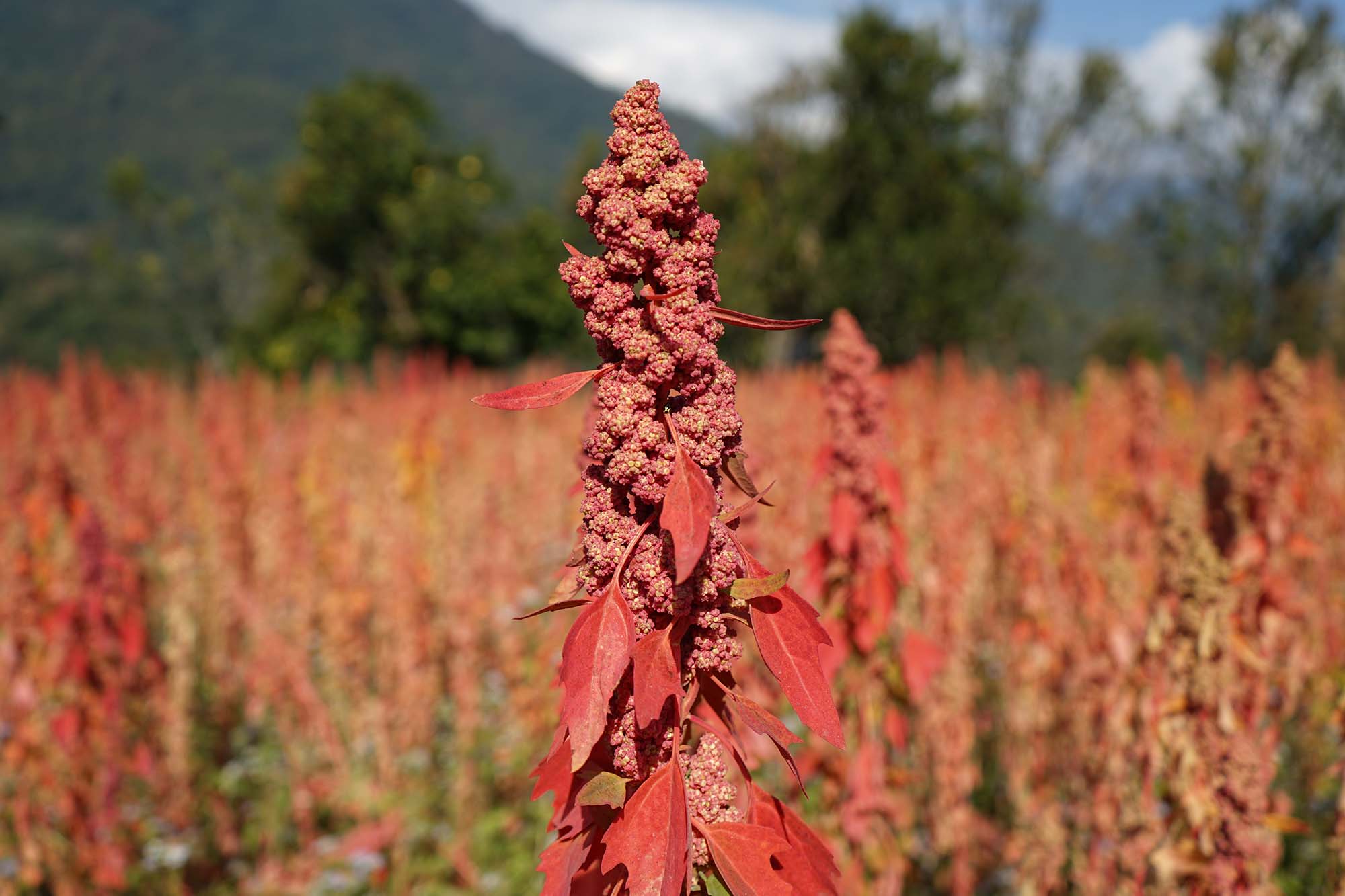
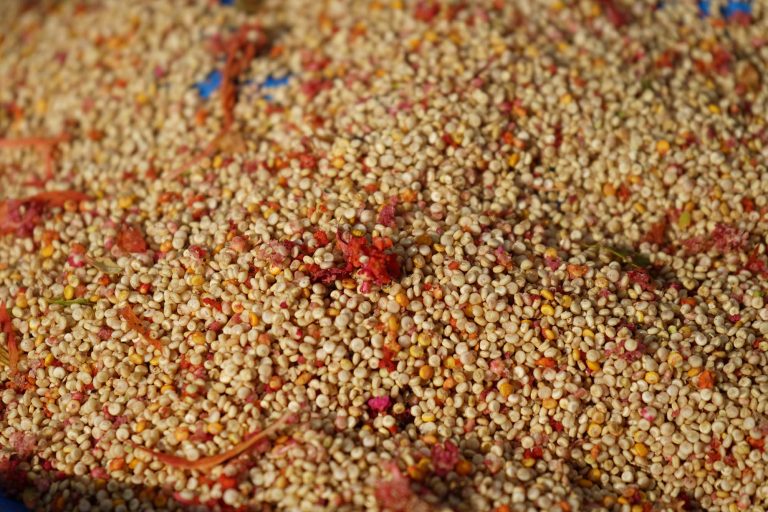
Ashi Heychum
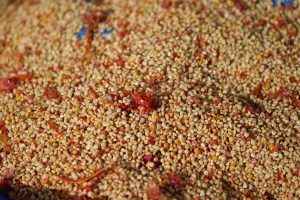
Factors for Increasing Trends in Quinoa Production in eastern Bhutan: A case of enabling climate resilience through livelihood enhancement.
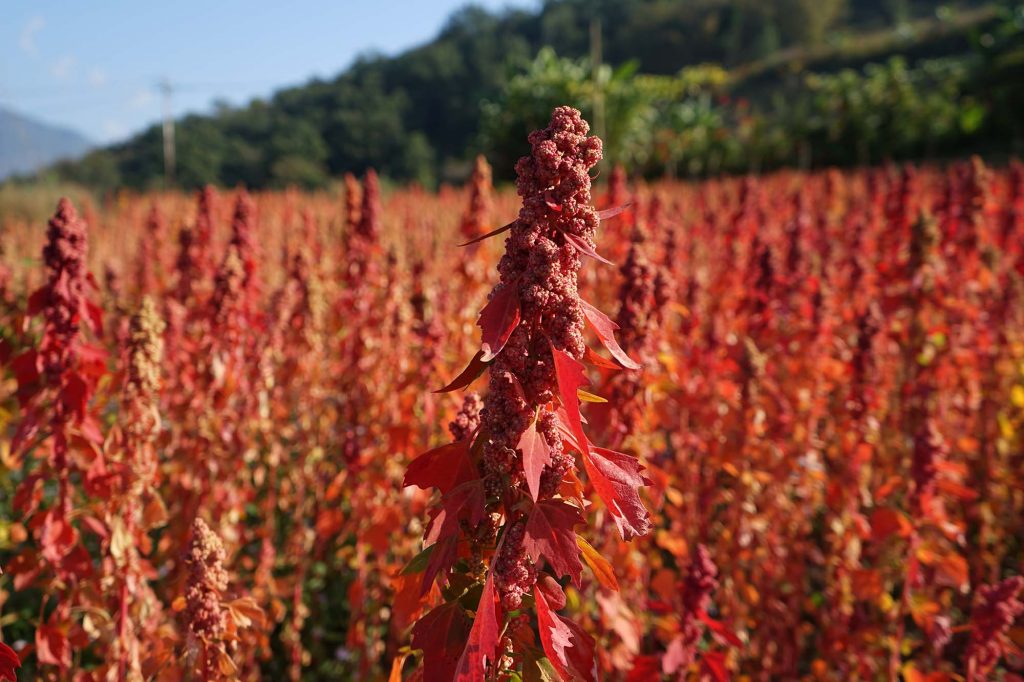
Quinoa In Bhutan
Improving the nutritive quality of grains can help reduce the challenges in food security and climate change impacts. Quinoa – Chenopodium quinoa Willd offers an alternative option to those countries suffering from food insecurity and food shortage.
In Bhutan, Chenopodium album is widely found as a weed while a wild type is said to
be cultivated in backyards in remote villages in east and central Bhutan but its identification is not yet clear. The proper cultivation of known quinoa varieties began only in 2015 when Department of Agriculture, MoAF with assistance of Food and Agriculture Organization (FAO) introduced two new varieties (Amarila Marangani and Amarila Saccaca) from Peru for ensuring household nutritional security, income and as a climate resilient crop against the rapid changing climate.
In Bhutan, as quinoa could fit well with existing maize and potato-based farming system, Agriculture Research and Development Center (ARDCs) carried out on- station and on farm varietal evaluation trials of the introduced varieties to assess its adaptability and performance in varying agro-ecological zones since 2015.
Later in 2016, six additional new varieties were introduced from Peru followed by another one from India and another through informal source were introduced and evaluated to provide varietal choice in future.
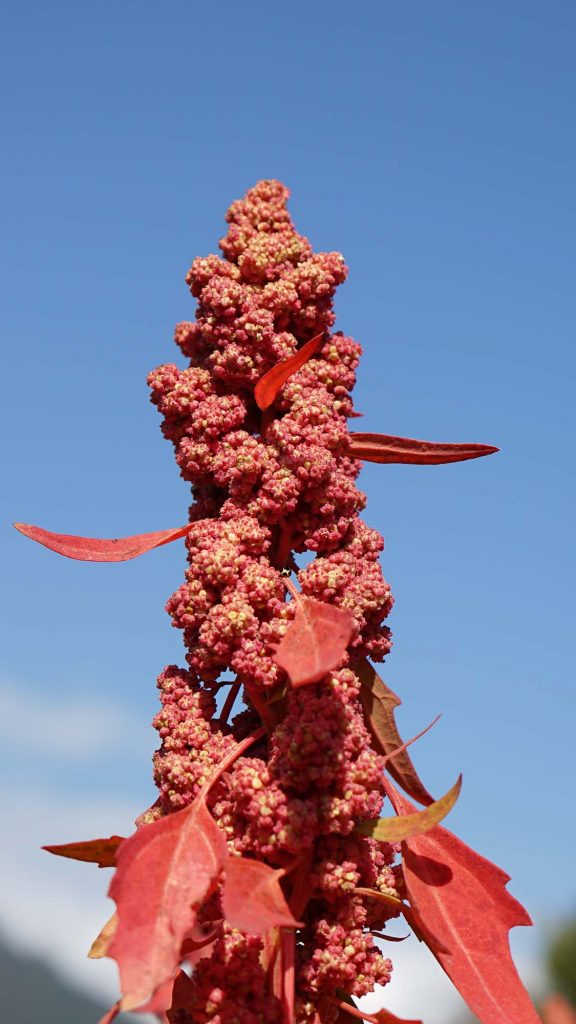
Quinoa in the East
Considering the increasing importance given to this nutrient dense cereal, quinoa intensification program in the east was streamlined into annual agriculture development plans through research outreach programs in potential sites, climate smart villages, youth farms and Land Use Certificate (LUCs) sites. Over the years, farmers have started to show interest to take up quinoa cultivation provided assured buy back and thus the demand for quinoa seed has also increased which was met through the center’s basic seed production program and buy back from selected growers in the region.
In recent times, quinoa cultivation in eastern Dzongkhag’s modality has changed from individual promotional cultivation to community-based production at semicommercial scale by small scale and medium scale farmers as a part of crop intensification for major cereal crop commodity development program in the 12th FYP.
Quinoa Production Trends
Over the last five years (2015 to 2020), the promotion of quinoa in the six eastern Dzongkhags has experienced an increasing trend in area, production and income as shown in Figure 1 to 3. Ever since the varietal evaluation in 2015 and 2016, the area expansion under quinoa cultivation increased significantly from 64 acres in 2017 to more than 500 acres by 2020.
However, the trends for households growing quinoa fluctuated over the years. By 2020, more than 2000 farmers have taken up cultivation. Despite variation in number of households taking up quinoa production, the area for the crop followed a gradual increase annually as well.
During the initial years in 2015 and 2016, more than 90 % of the production was procured by research centers and Dzongkhags as a seed for crop intensification programs implemented from the Centre and the Dzongkhags. Currently, the Food Corporation of Bhutan Limited ( FCBL) is the major buyer of the grains from the farmers through market facilitation by the Regional Agriculture Marketing and Cooperative office (RAMCO, Mongar) and Gewog Agriculture Extension Centres in the region. During the last five years, income generated from quinoa has increased from Nu 0.010 Million in 2015 to Nu 3.058 million in 2020.
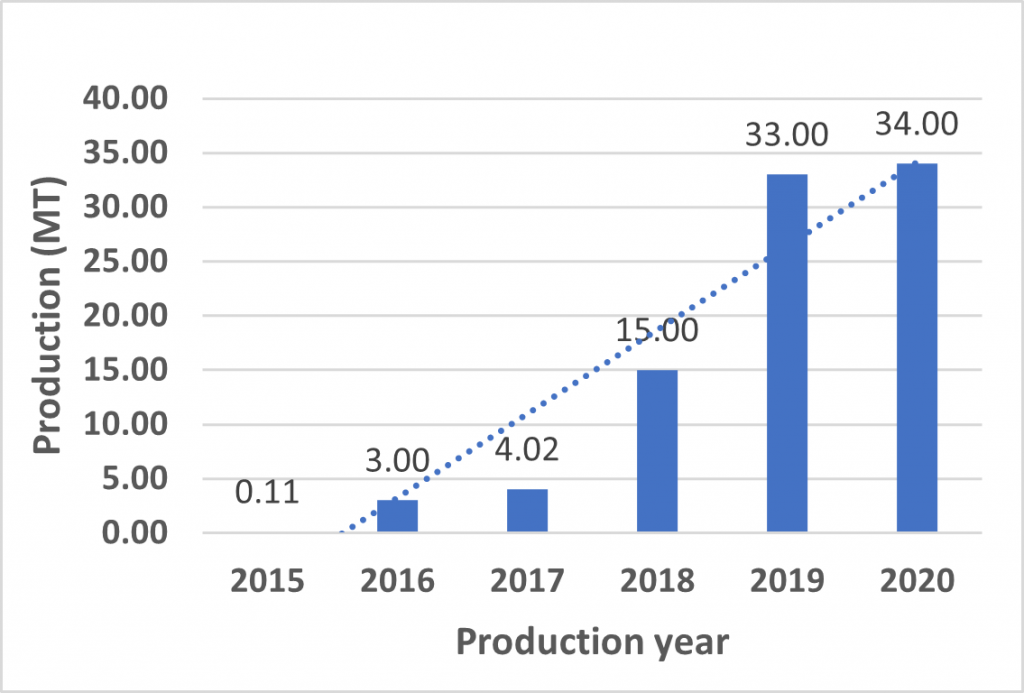
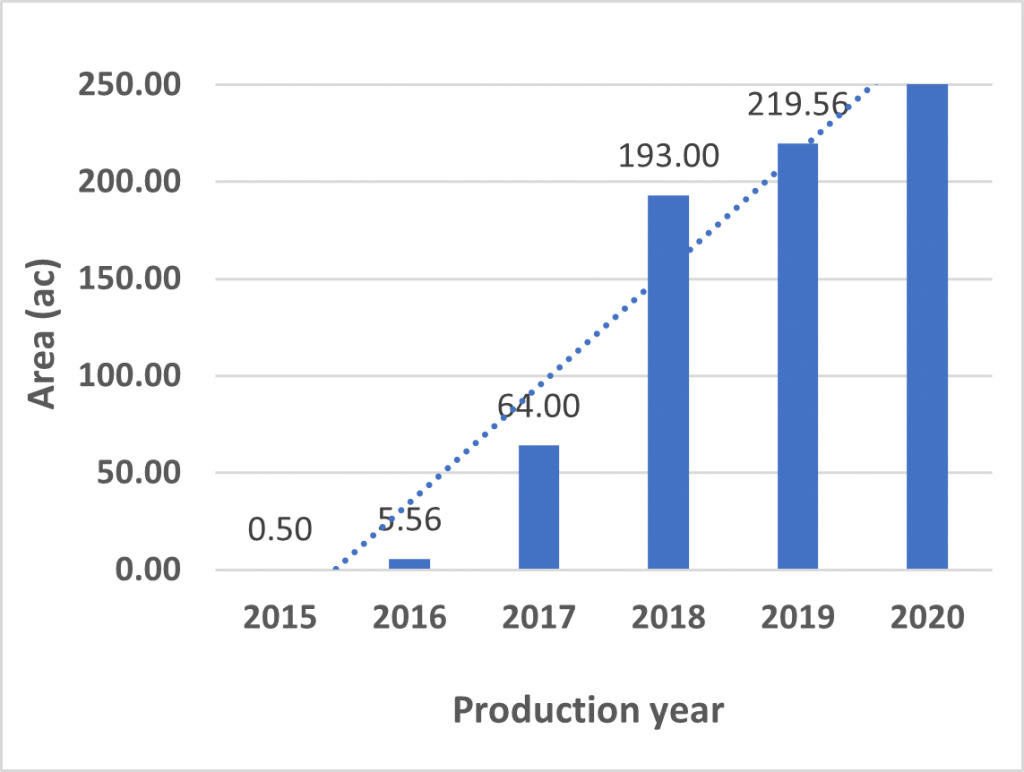
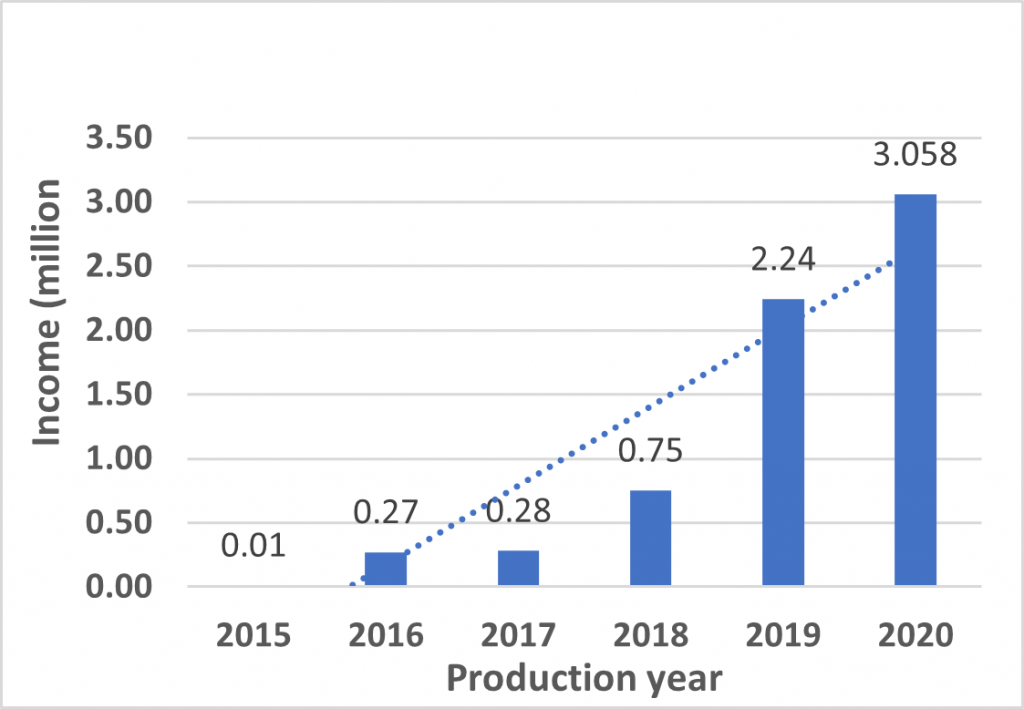
Factors
for increased in trends
Multiple factors have led to the increasing trends in promotion of this new crop. The crop has received the highest level of advocacy followed by a consistent on farm research evaluation, demonstrations and field days undertaken by the research centre and the gewog extension centres in the region. The promotional price at Nu. 100 per Kg raw grain (unhusked) through the buyback mechanism instituted by MoAF mandated to FCBL and RAMCO, Mongar and linkages to shop outlets in Thimphu mainly the convenient stores and the One Gewog One Product Shop Outlet (OGOP) outlet providing market opportunities. And most importantly, the promotion of the crop is followed up initially with the technical assistance and start up seed supports from FAO through the DoA MoAF and ARDC Yusipang and the promotional programs in partnership with the European Union Climate Change Adaptation Programs of MoAF, RGoB.
In the eastern Dzongkhags, the introduction of the crops timed with the inception of the ongoing Commercial Agriculture Resilient Livelihoods Enhancement Program ( CARLEP- IFAD / MoAF) in the region which opened up collaborative programs that’s supported seeds, small machines, awareness and training programs through the Crop Intensification and diversification component aimed to enhance resilience to climate change impacts through production enhancement and income generation.
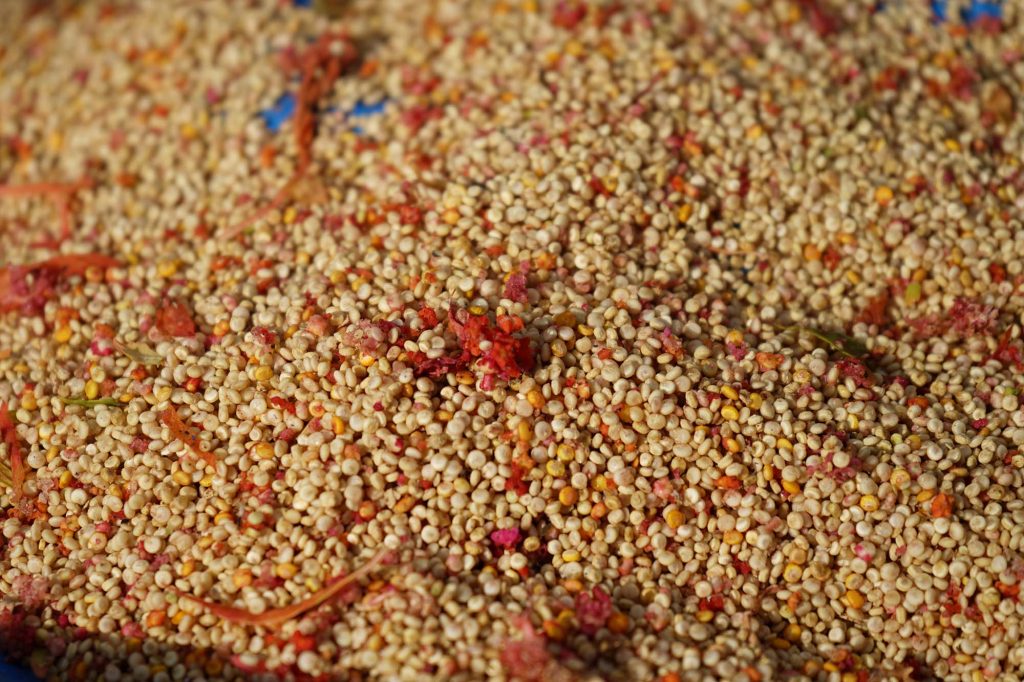
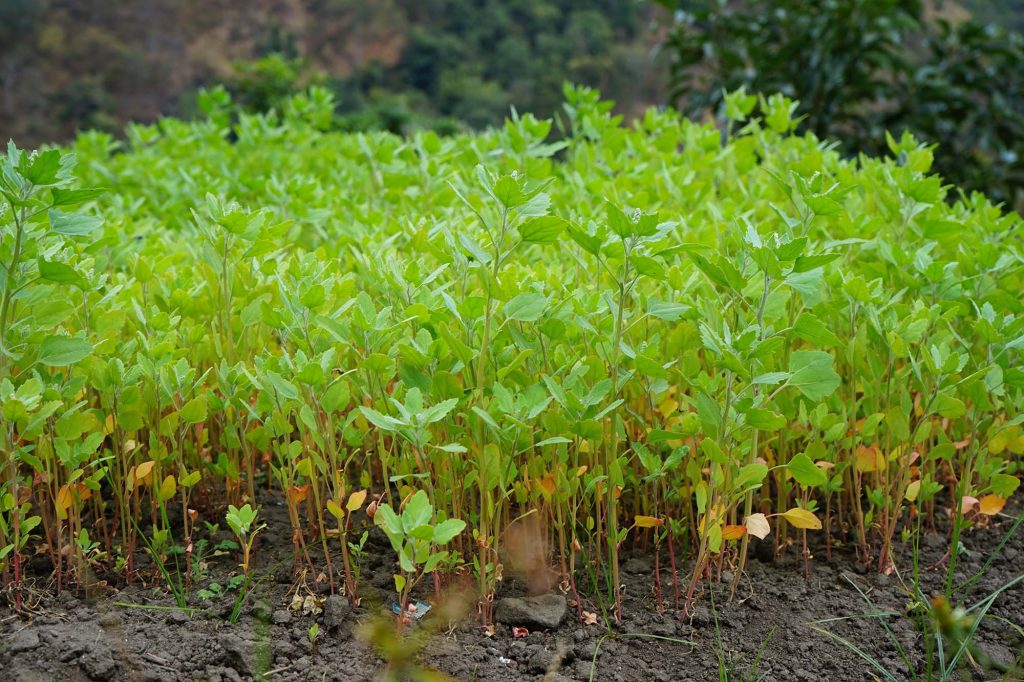
Quinoa is
gradually adjusting into the maize based farming systems predominant in the six
eastern Dzongkhags creating an opportunity for farmers in the region to bring
nutritional improvement, livelihood enhancement and enhance climate
resilience. However, in order to achieve
the maximum potential from growing this crop, observation shows that the promotion
of this crop needs consistent monitoring, improve cultivation practices
especially irrigation and soil fertility with at least farm yard manure
applications, mechanization and processing. Experimental yields of 0.750 t/acres to 1.1
t/acre and average farmers yield of 0.5 t/acre to 0.6 t/acre are reported.
Further
production should focus on commercially acceptable varieties such as the
Amarilla marangani (Ashi Heychum – AM), Amarilla sacacca ( Ashi Heychum – AS)
and DoA -1- 2015 (PMB) (Ashi Heychum TW). Research centers should continue to fast track
some additional promising varieties with higher market preference to enable
diverse choice for growers and consumers. Finally, a market based production
planning and enterprise development through a value chain intervention
targeting creation of committed growers linked to processing, value addition enterprises
will not only take the crop further into the region but will ensure a major livelihood source for small scale growers and enterprises.
The
National quinoa Program at ARDC Wengkhar will be planning for a market based production
planning in the following year in collaboration with the Regional Agriculture
Marketing and Cooperative Office.
The intensification of quinoa in eastern Bhutan is currently supported through partnership with the Commercial Agriculture Resilient and Livelihoods Enhancement Program ( CARLEP – IFAD / MoAF) supports to ARDC Wengkhar and the six project Dzongkhags.
to download a PDF copy

